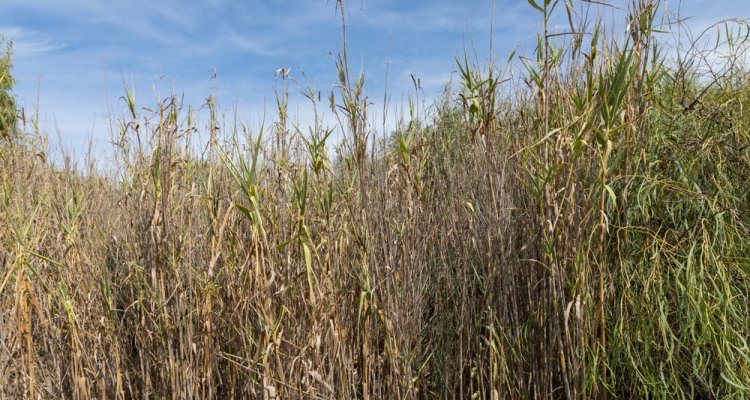
Project
Eliminating the competition: can Fe uptake by plants be improved by applying soil additives
Iron (Fe) is an essential micronutrient to plants that is abundantly present in almost all soils. However, in alkaline and calcareous soils with a circumneutral pH (7 8.5), covering approximately one third of the earth's land surface, the bioavailability of Fe can be severely limited. A poor iron availability can lead to Fe deficiency in crops leading to yield losses.
Background
Graminaceous plants (grasses, including staple crops like wheat, barley, maize and rice) have developed a very efficient Fe acquisition strategy: they exude chelating ligands called phytosiderophores that can mobilise Fe from the soil solid phase and make it available to plants. Crops that are not sufficiently able to acquire Fe from the soil require Fe fertilisation, typically with synthetic Fe chelates like FeEDDHA and FeHBED.
Other elements in the soil, particularly Cu, have been shown to compromise the effectiveness of plant Fe acquisition strategies (leading to Fe deficiency even in graminaceous plants) and Fe fertiliser products. Cu can displace Fe from the soluble chelate complexes after which Fe precipitates and becomes part of the poorly bioavailable soil-Fe. In view of sustainability, it may make more sense to lower the impact of elements that interfere with Fe acquisition, rather than additionally supplying Fe as fertiliser, while it is abundantly present in the soil.
In this MSc thesis project the student will explore if plant Fe uptake can be increased by selectively lowering the availability of Cu through application of a soil additive. In a first pot experiment, graminaceous plant species (wheat, rice and oat) will be grown on a calcareous soil with and without soil additive to bind Cu. In a second pot experiment, non graminaceous plants sensitive to Fe deficiency (soybean) will be provided with FeEDDHA as Fe fertiliser in treatments with and without an additive to bind Cu. After harvest, dry mass and the Fe and Cu metal content of the plants will be determined. Results from this study may provide leads for developing a novel approach to fertilisation.
Used skills
- Literature review;
- Proposal writing;
- Laboratory/greenhouse work (incl. pot experiments);
- Data processing;
- Thesis writing.
Requirements
- Some laboratory experience required;
- Required courses for the MSc thesis Soil Chemistry and Chemical Soil Quality (SOC-81336):
- Preferably including Soil Quality (SOC21806)